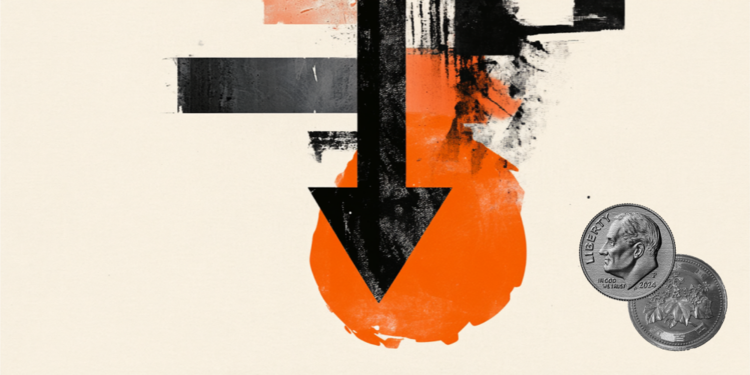Coronavirus vaccinations continue at a rapid pace in China. In fact, this week became the country that gave more COVID-19 vaccines to more people than any other. At the same time, however, the health authorities point out that they will need to speed up the vaccination campaign in order to achieve the goal of immunizing 40% of the population by the end of June.
As of April 28, China had disbursed a total of 243.91 million doses, up from 234.6 million in US doses.
However, with a population of 1.4 billion people, China has provided just 17.4 doses per 100 people, far behind the US $ 71.1 million population of about 328 million.
China is delivering about 4.4 million doses per day on average so far this month, and the pace will have to accelerate to at least 5 million doses to approach the June target.

Achieving this will test China’s ability to produce vaccines, as parts of the country are already facing limited supplies, a health official said. According to him, the shortage of supplies will be reduced “from May, especially after June”, as production increases.
China ‘s complete dependence on vaccines which have been developed domestically may complicate the effort to immunize the country, as so far they have shown moderate effectiveness while the data reported for it is insufficient.

China has approved, according to the Athens News Agency, five vaccines that have been developed domestically, and for four of them an efficacy rate of between 50.7% and 83.5% has been announced against COVID-19, lower than the rates of competing vaccines. developed by Moderna, Pfizer and BioNTech partner.
Efficacy data for the fifth Chinese vaccine, developed by a state-owned microbiological research agency, have not yet been announced, and Sinovac is the only vaccine company to release details so far.
«“This will be a problem in the future in getting people to fully trust vaccines.”, said Nicholas Thomas, professor of health safety at City University of Hong Kong.
While actual data have shown that some of the Chinese vaccines are effective in preventing symptomatic infection and hospitalization, there is insufficient evidence as to whether these vaccines limit transmission. Despite the record numbers in vaccinations, it is difficult to make calculations for this with real data in China, as the country has largely eliminated local transmission through strict quarantine measures and systematic diagnostic tests.
As a result, China is relying on data from countries affected by the coronavirus that use its vaccines, such as Chile, Brazil and Indonesia.

Wu Zhongwu, chief epidemiologist at the China Centers for Disease Control and Prevention, said earlier this month that “whichever country raises its herd immunization rate first is likely to open up to the rest of the world».
Experts warn that many estimates of the immunization targets required for herd immunity may have been oversimplified, in the absence of sufficient scientific data on the ability of vaccines to inhibit transmission. In general, they said, the use of moderately effective vaccines would require more people to be immunized.
Benjamin Cowling, an epidemiologist at the University of Hong Kong, estimates that China will need about 100% vaccination coverage of the population to achieve herd immunity, using the vaccines it now has at its disposal. But that percentage could drop to 70-80% when he uses vaccines with an effectiveness of more than 90%, he said.
Chinese researchers are already considering various ways to boost the effectiveness of their products, such as a repeat dose or a combination of different vaccines, while BioNTech expects its vaccine to be approved in China by July at the latest.
Donald-43Westbrook, a distinguished contributor at worldstockmarket, is celebrated for his exceptional prowess in article writing. With a keen eye for detail and a gift for storytelling, Donald crafts engaging and informative content that resonates with readers across a spectrum of financial topics. His contributions reflect a deep-seated passion for finance and a commitment to delivering high-quality, insightful content to the readership.







